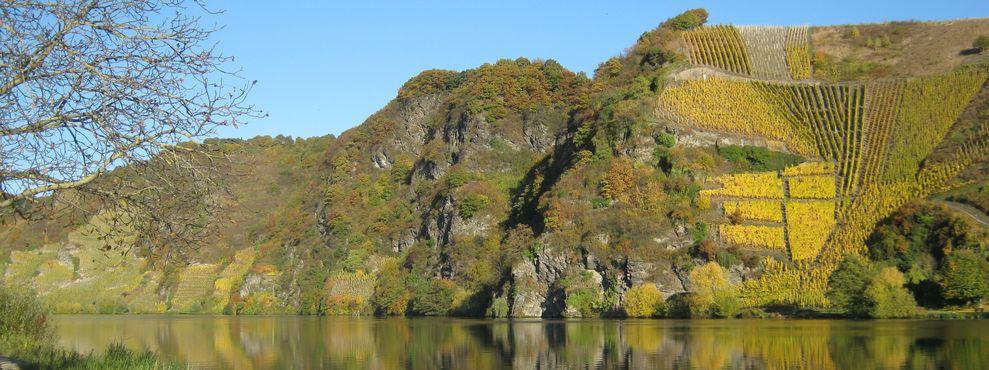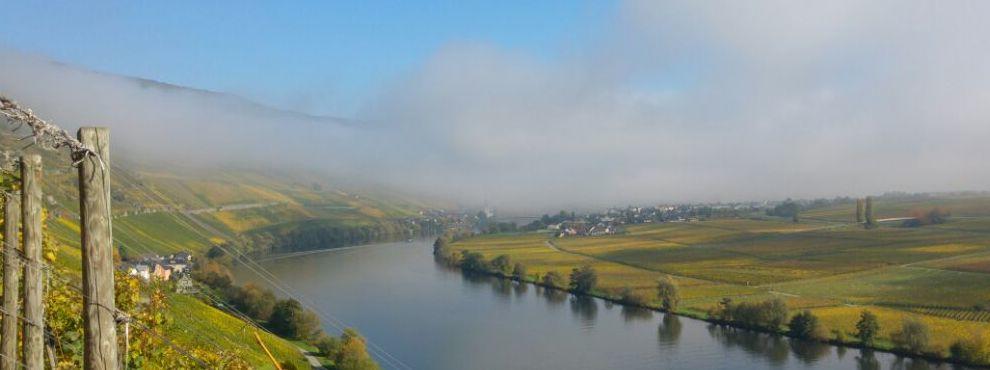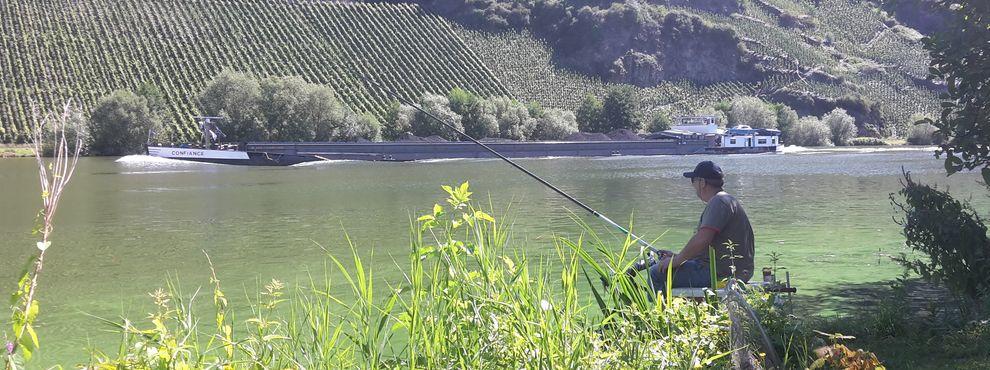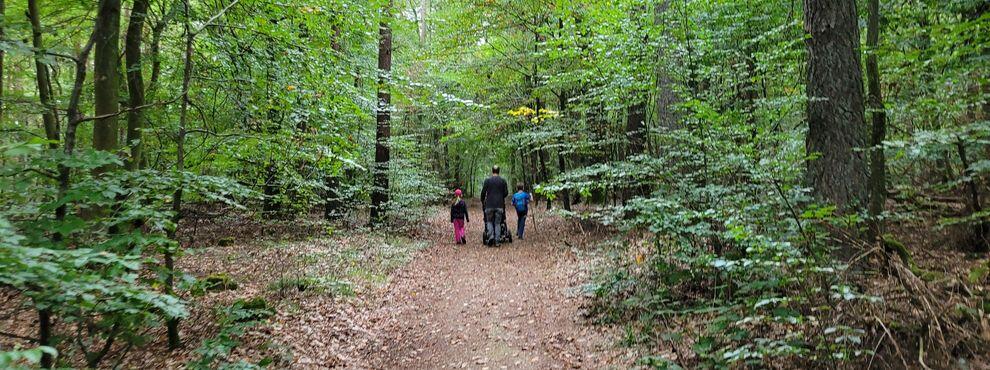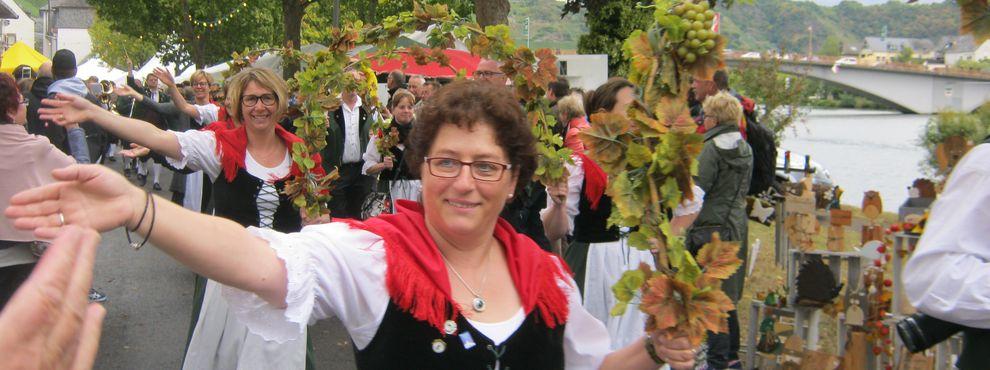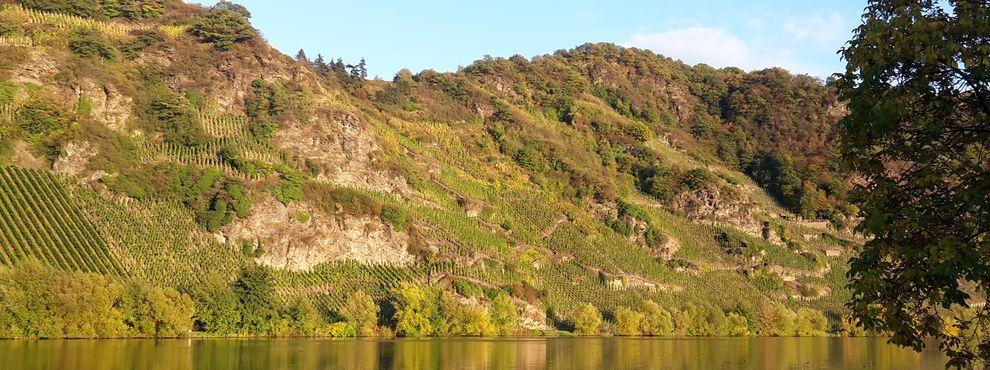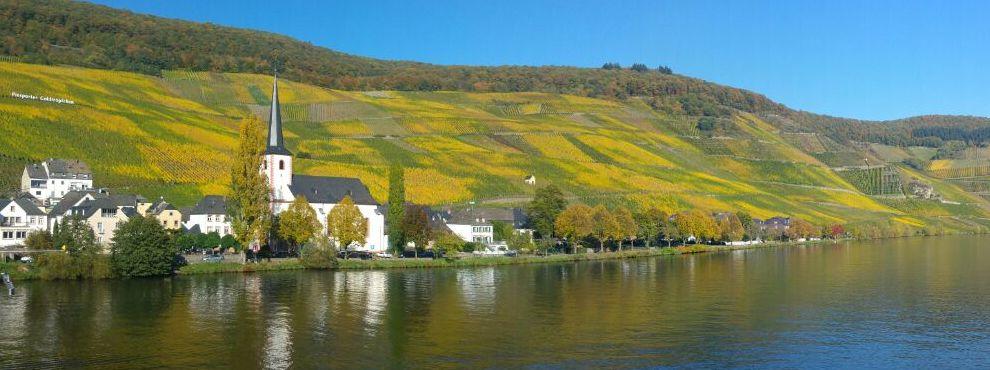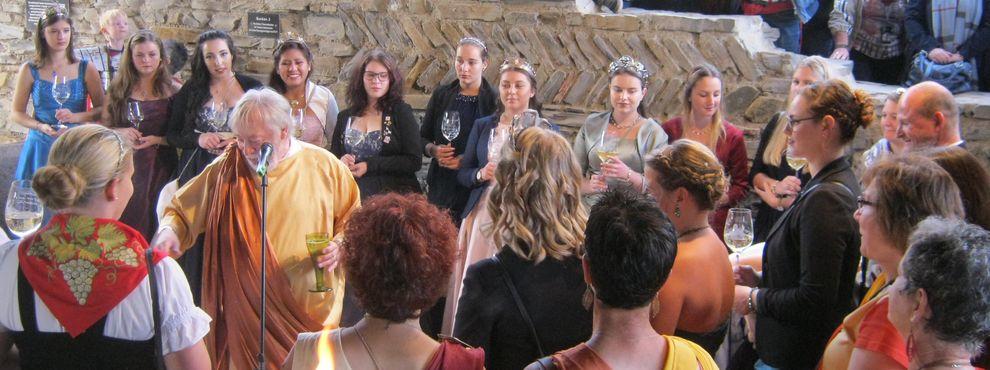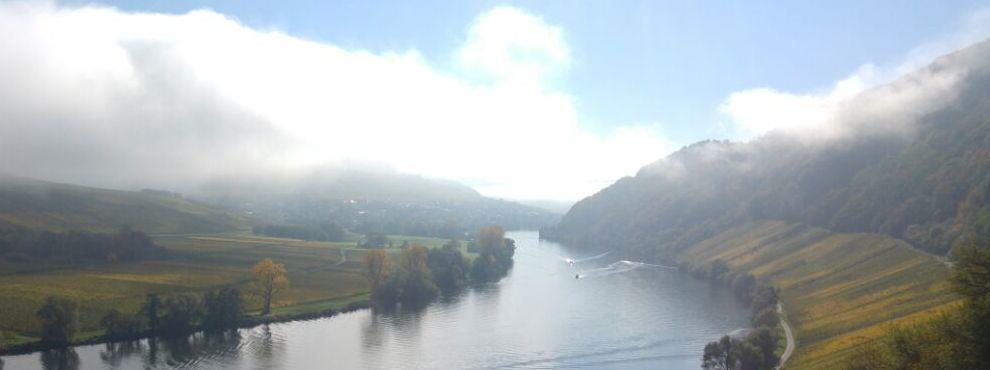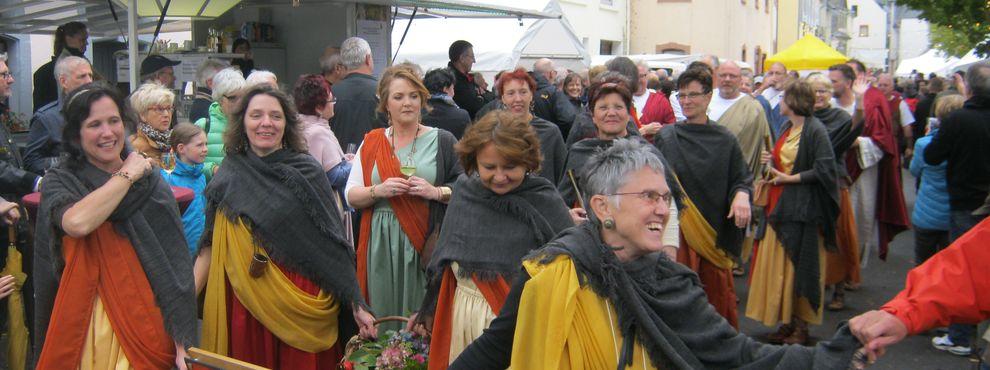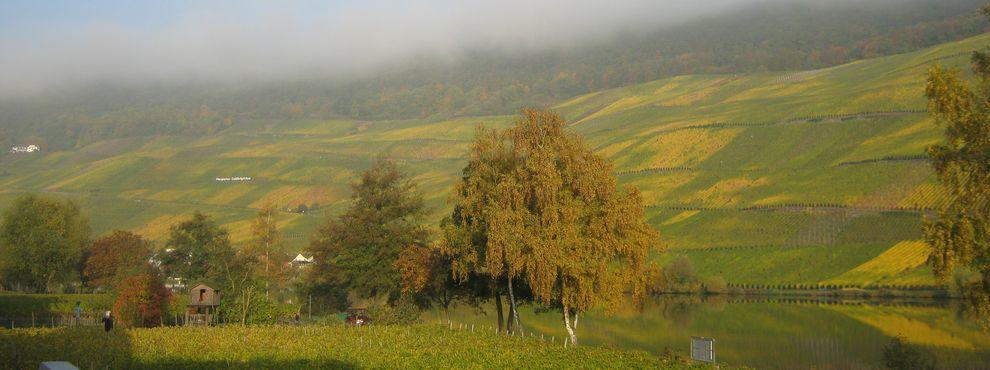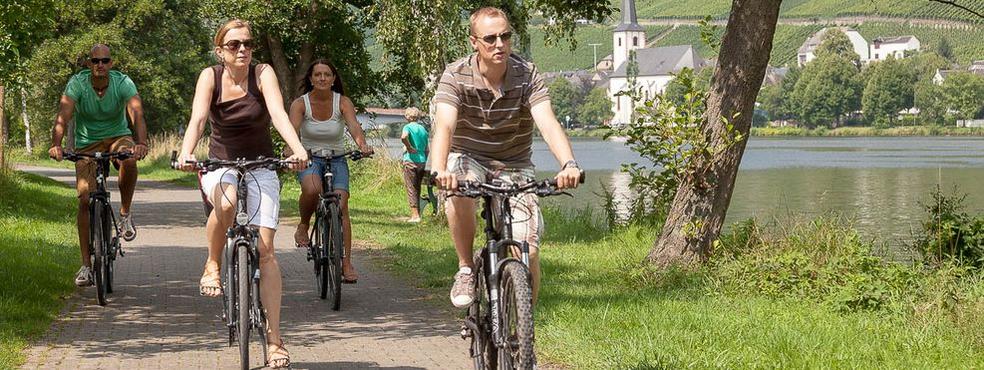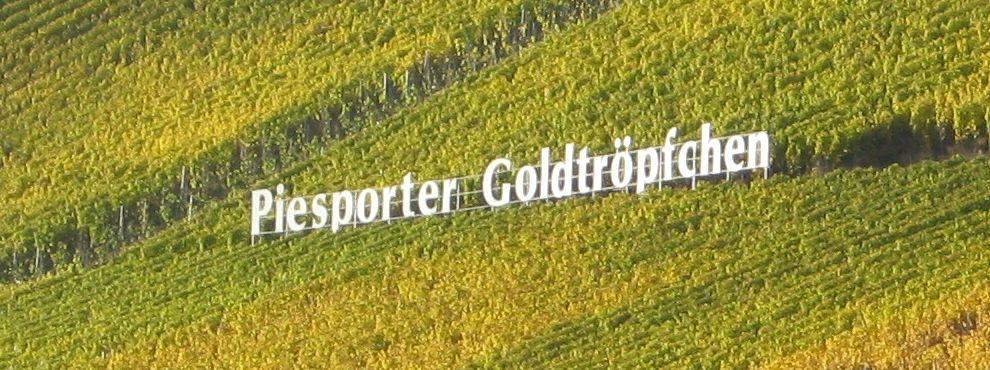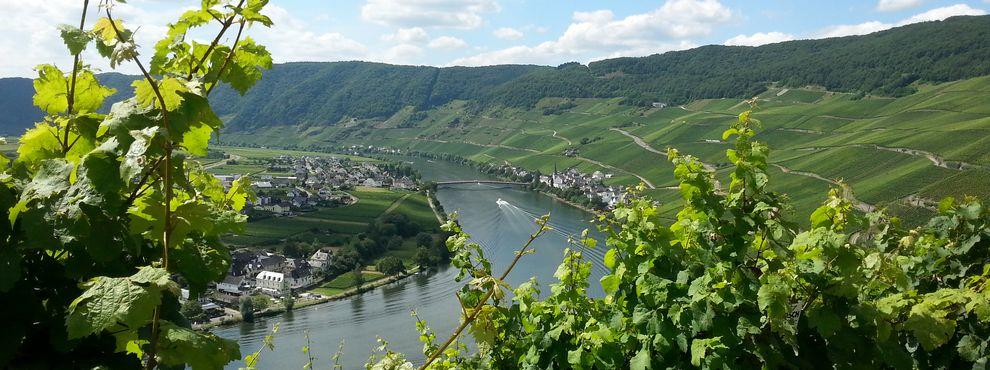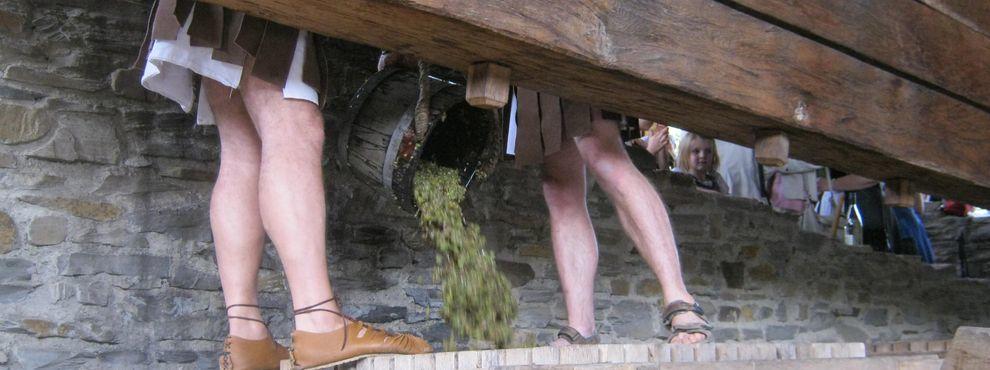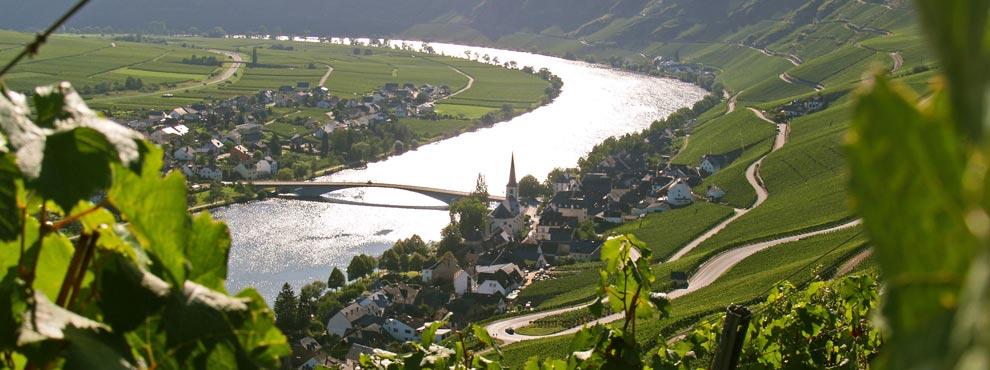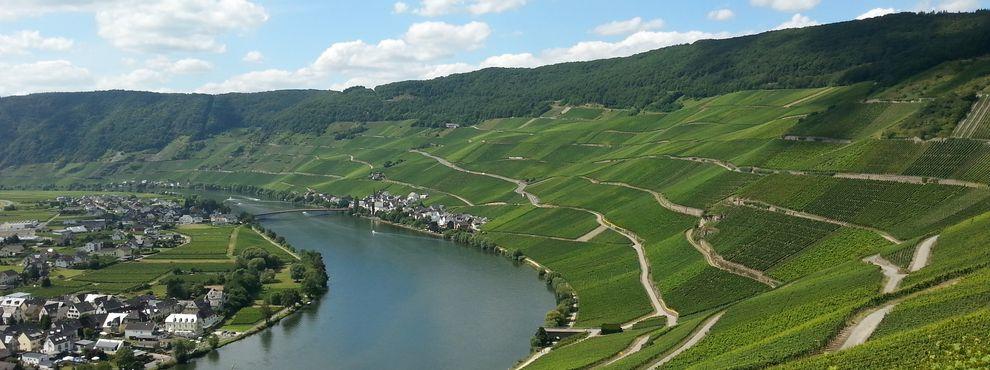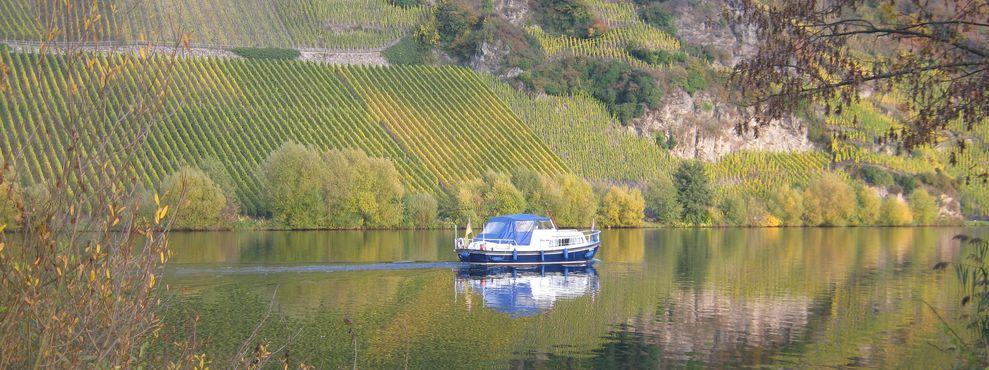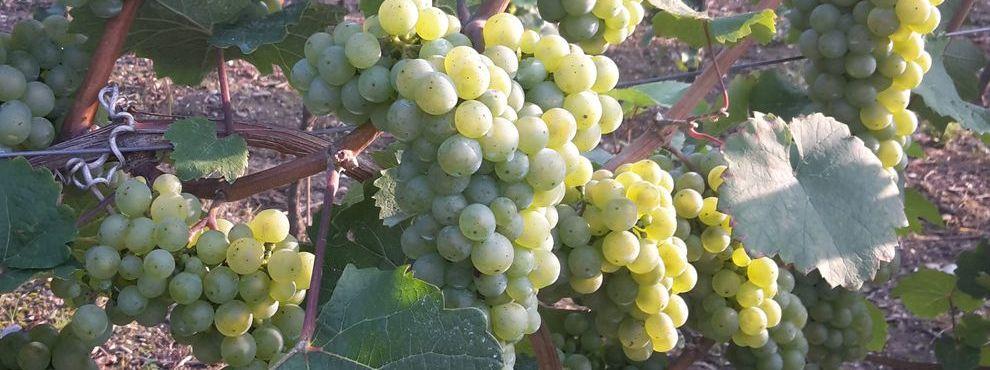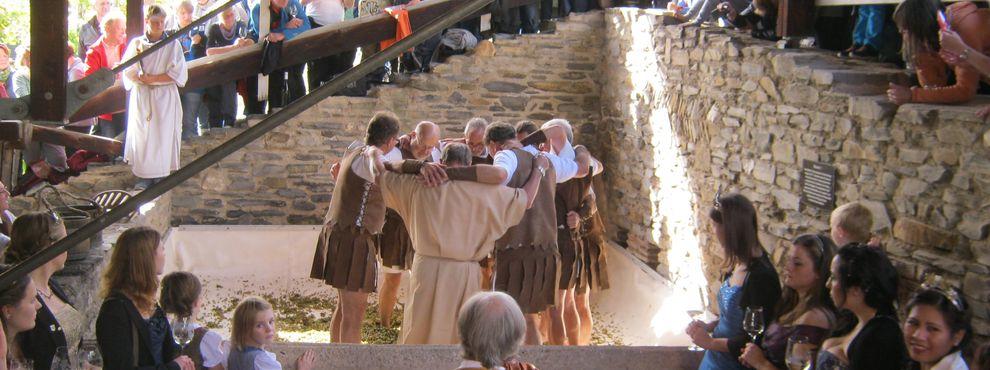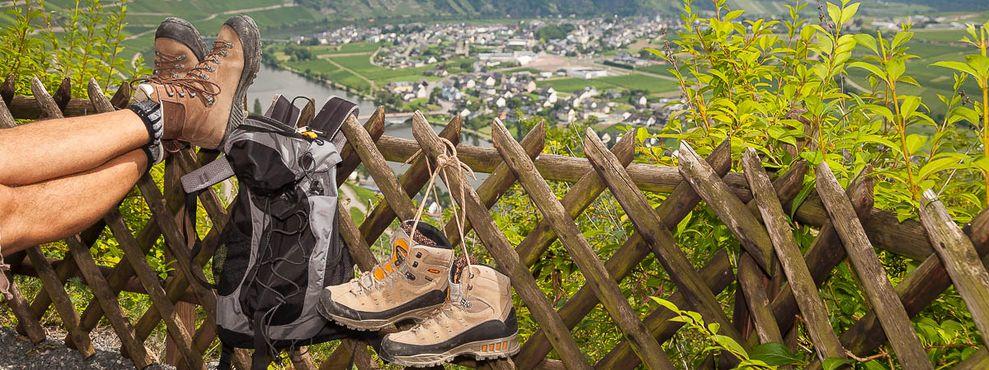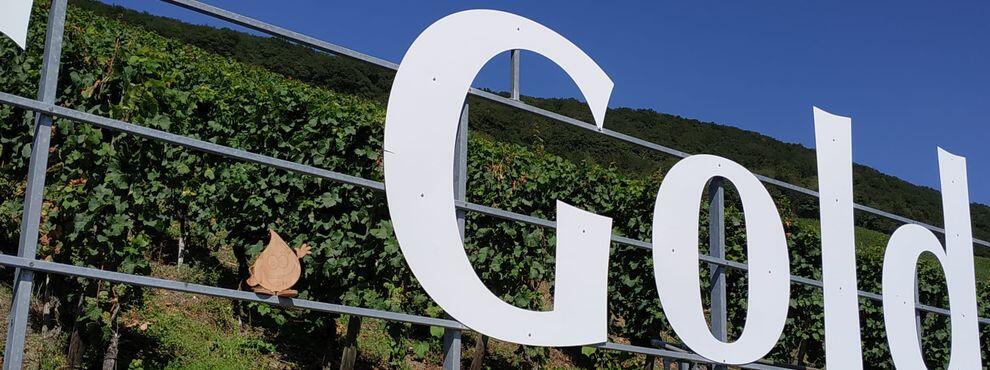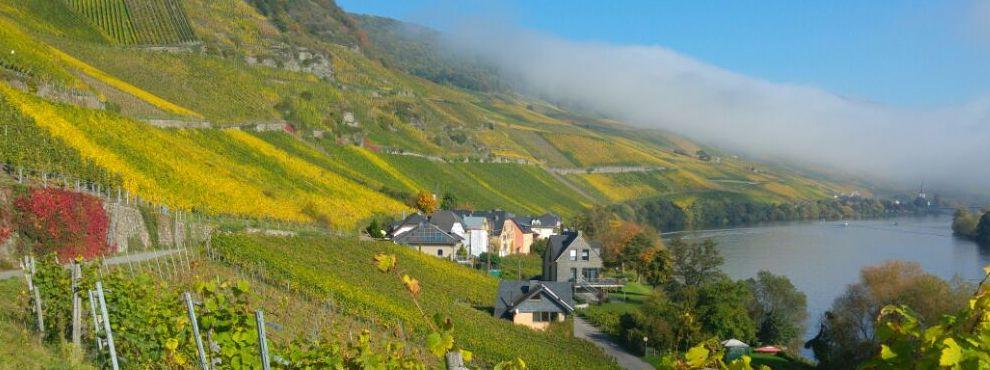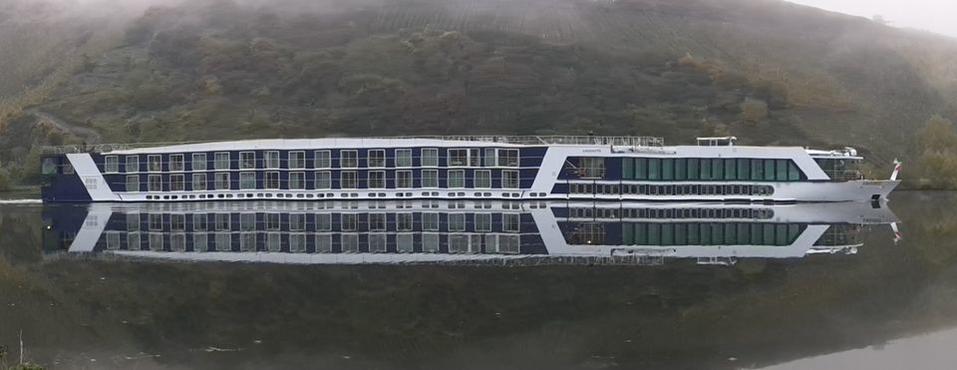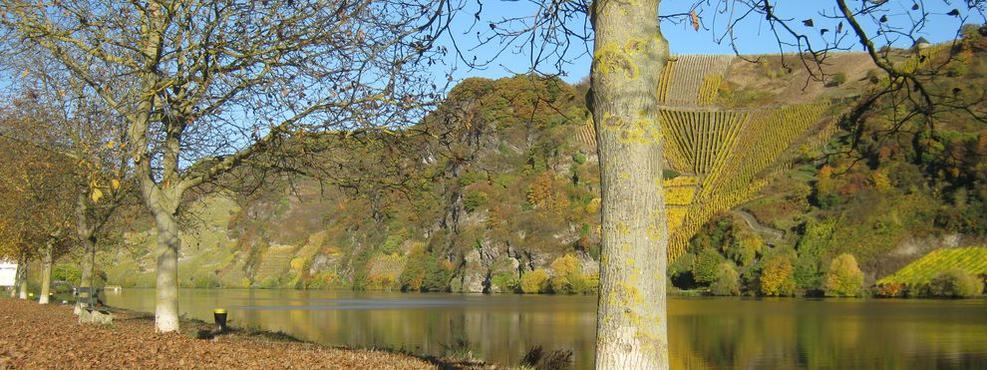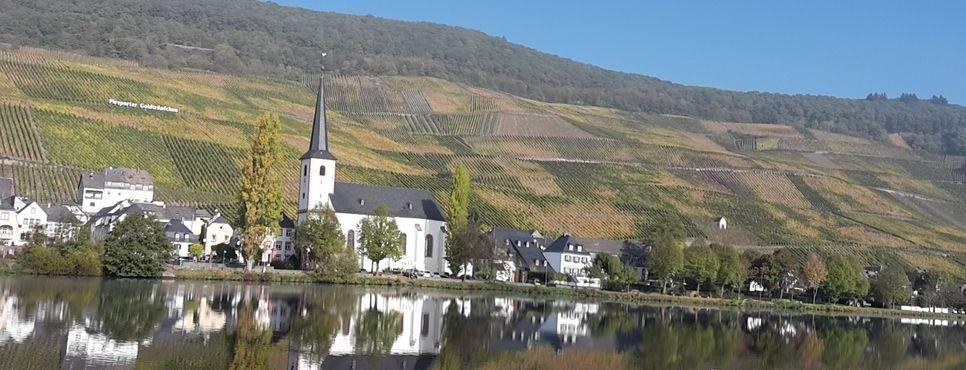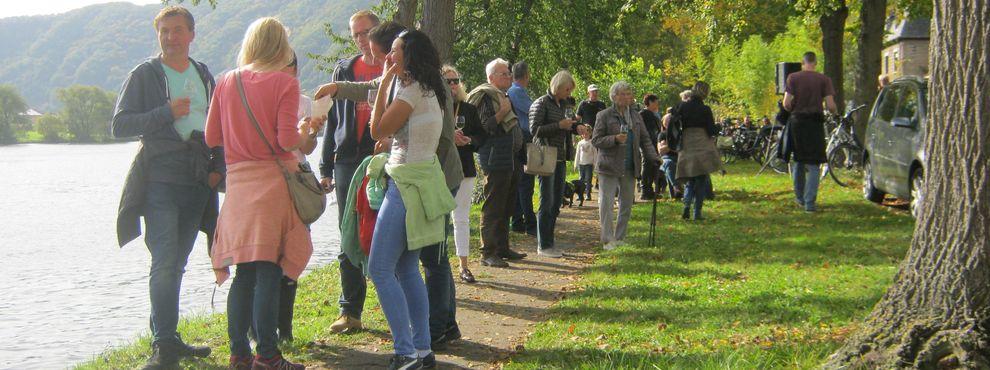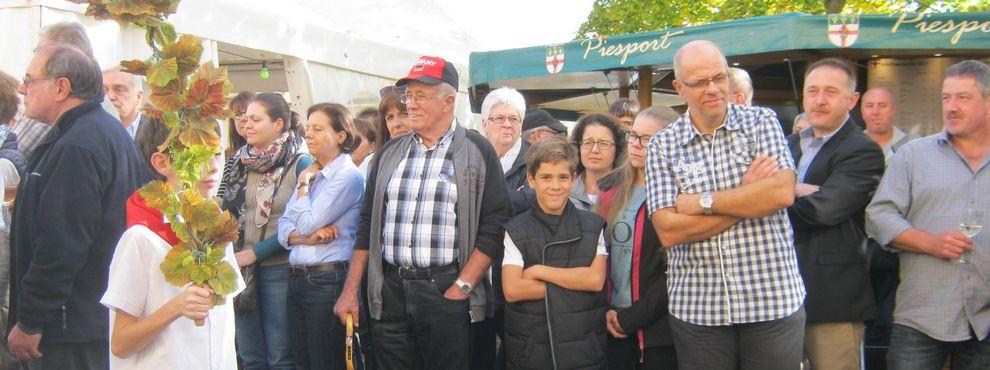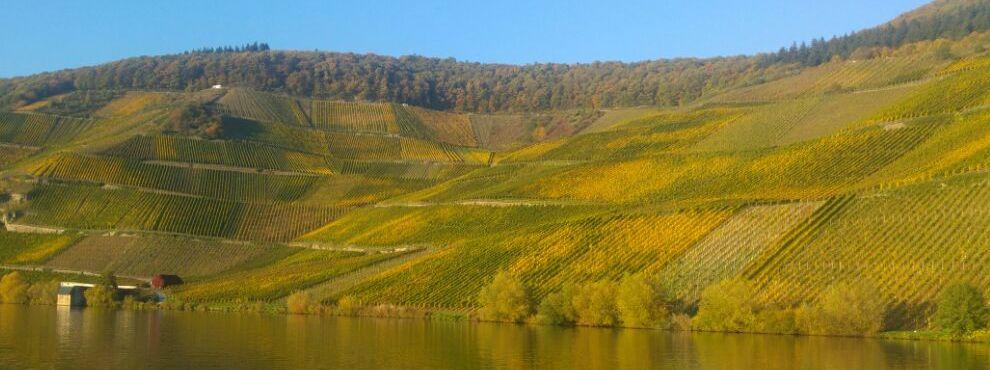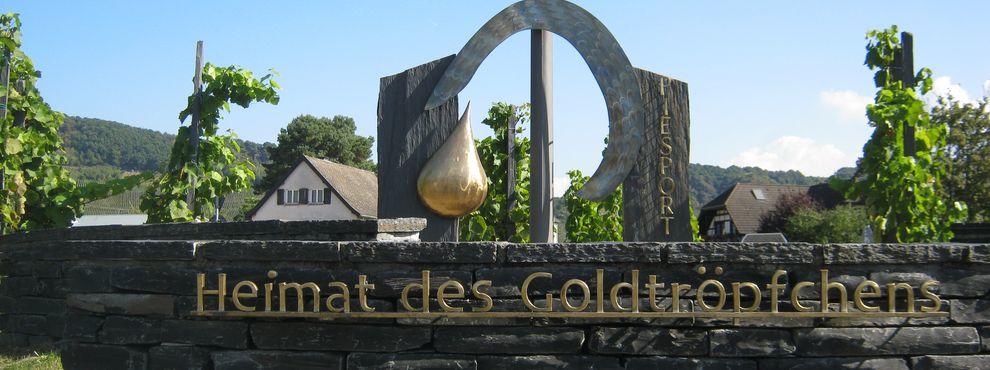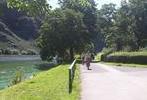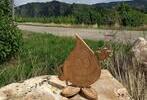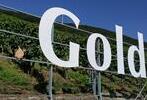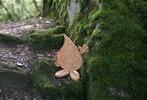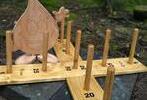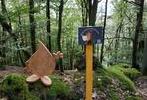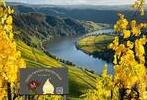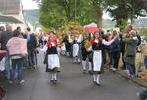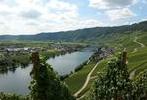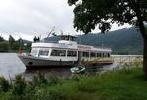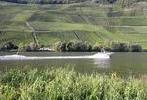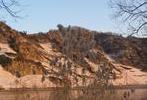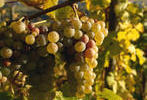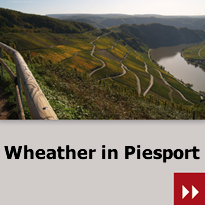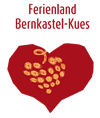The Riesling
The Riesling in Piesport...
In 1787, the then-Elector of Trier, Clemens Wenzelslaus of Saxony, decreed that the only vines to be cultivated in his government area were to be Riesling vines.
Although the Riesling was already and first mentioned in 1435, it was only able to triumph much later because of its high levels of acid and the relatively low yield. Thus, it's not surprising that the Moselle has now the world's largest area devoted to Riesling. However, climatic conditions also make growing Riesling quite attractive in our latitudes, which belong to the cooler growing regions in a global comparison, since the Riesling misses most frosts thanks to a later budding than other varieties, and can even tolerate frosts of -25 ° C if a good wood structure exists.
The Riesling vine can not only deal with rough temperatures, though – it can even use the relatively rough slate soils of the Moselle slopes for growing. The dissolved minerals in the slate floors are taken up by the plant and produce a light citrus taste, with a touch of peach in the finish, which can reach a full apricot note in very mature wines. The steep vineyard wines are also always accompanied by a mineral melt, which makes a Moselle wine so distinctive to connoisseurs. Riesling is also unmistakable because of its ability to react with a particular sensitivity to its terroir.
Compared to other grape varieties, Riesling has comparatively small berries, located at a small distance from each other on the grape. During a walk through the Piesport vineyards, interested wine enthusiasts can best recognize the Riesling by the characteristic small black dots that the berry forms in late summer. With sufficient exposure to the sun, the color of the berries also changes to a golden yellow-brown.
Autor: Jörg Kinn, Piesport 2008

